Why Teachers Should Digitally Document Evidence Of Learning
Collecting and organizing evidence of learning with digital tools leads to multiple benefits for teachers, students and parents.
Collecting and organizing evidence of learning with digital tools leads to multiple benefits for teachers, students and parents.
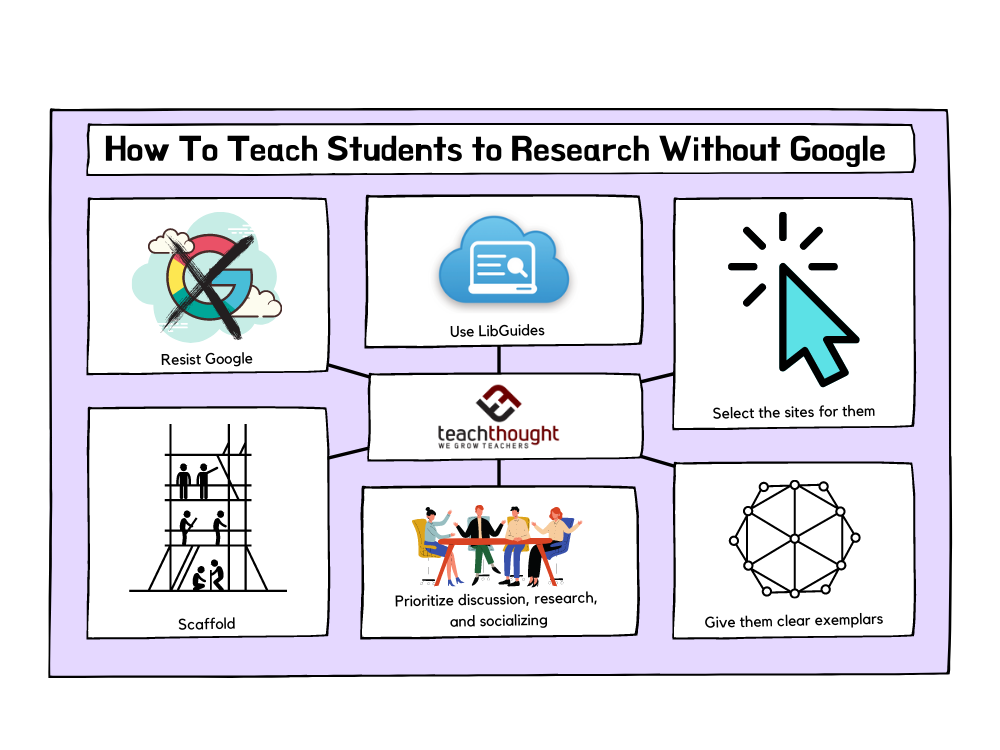
Scaffolding, encouraging discussion, modeling exemplars — here are a few ways to teach students how to research without Google.
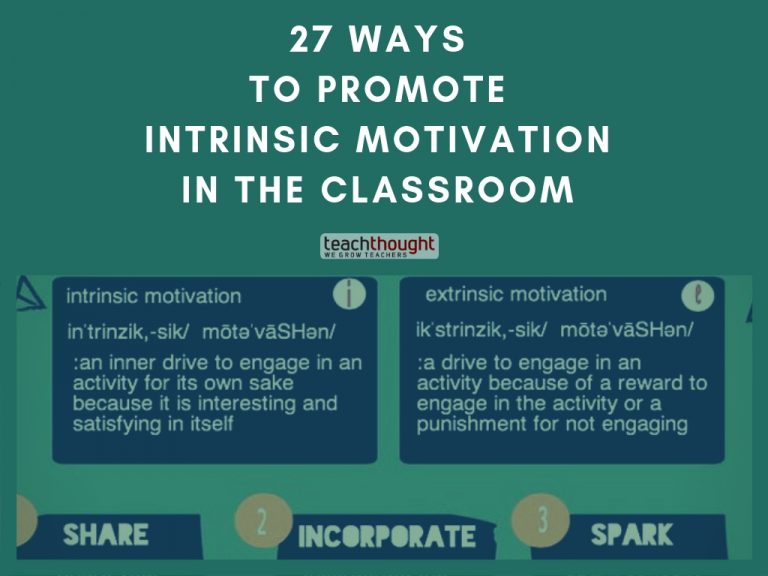
Some ways to promote intrinsic motivation in students your classroom include using inquiry and lessons that require their creativity.
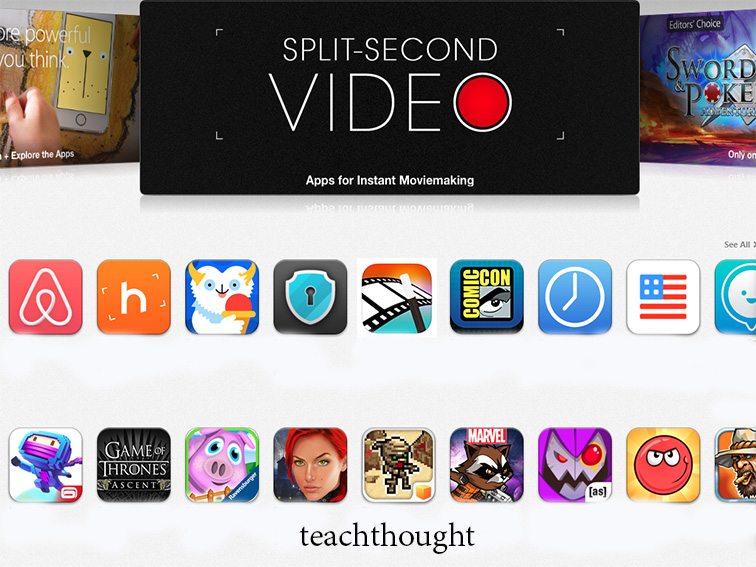
Here are 22 apps to make videos and other forms of digital media for projects in your classroom and curriculum.
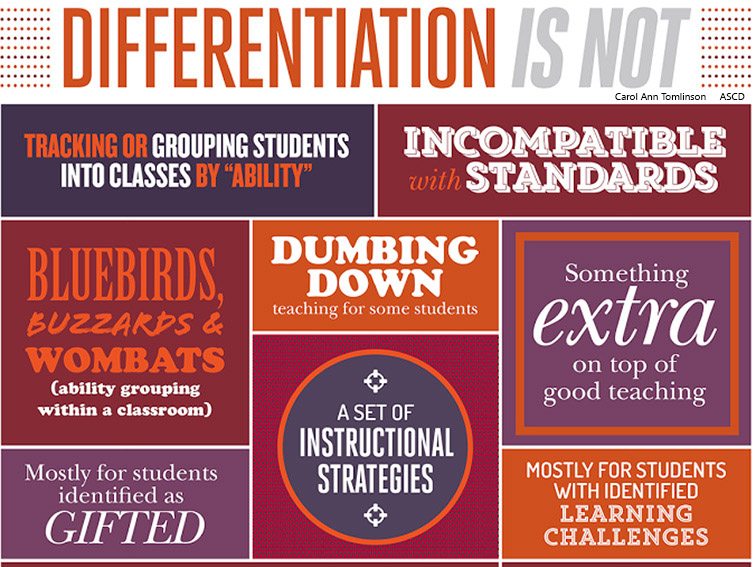
Differentiation means adapting content, process, or product according to a student’s readiness, interest, and learning profile.
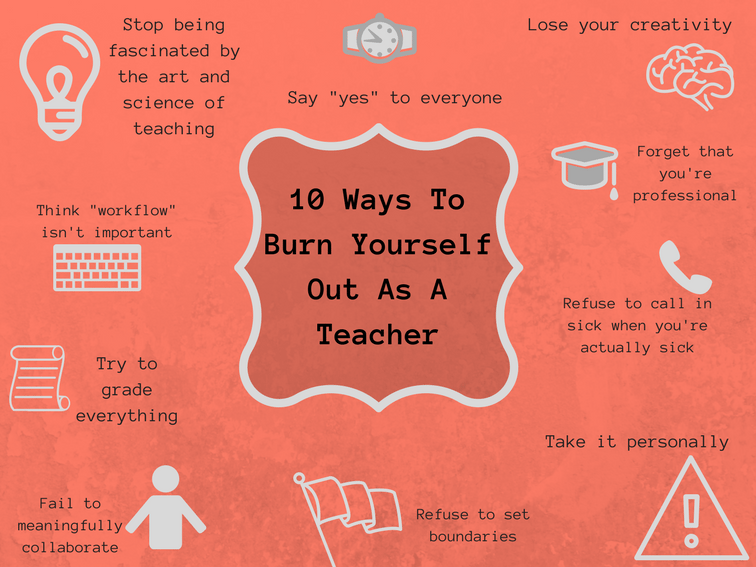
If you’re increasingly tired, prone to Sunday night blues, and your July excitement is replaced by dread, teacher burnout could be why.
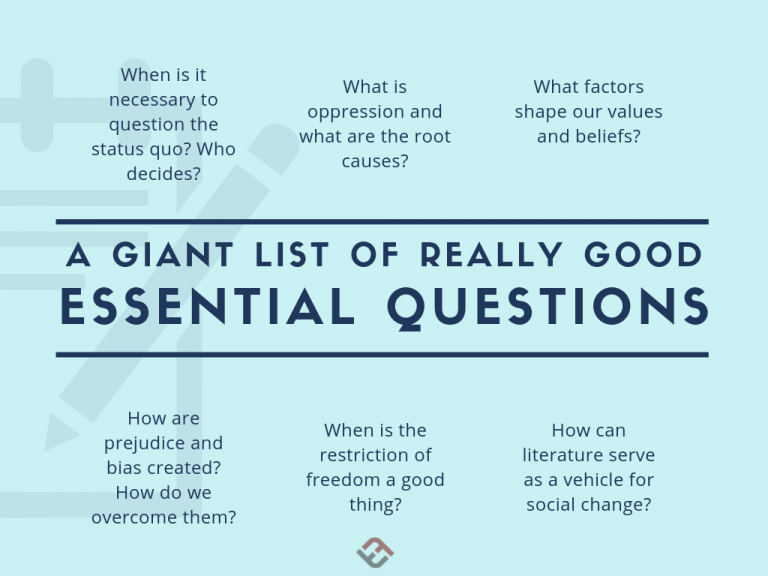
Essential questions are ‘essential’ in the sense of signaling genuine, important and necessarily-ongoing inquiries.

From skipping ahead to falling behind to socializing to over-explaining to simply surviving, here are 27 things teachers have to do well.
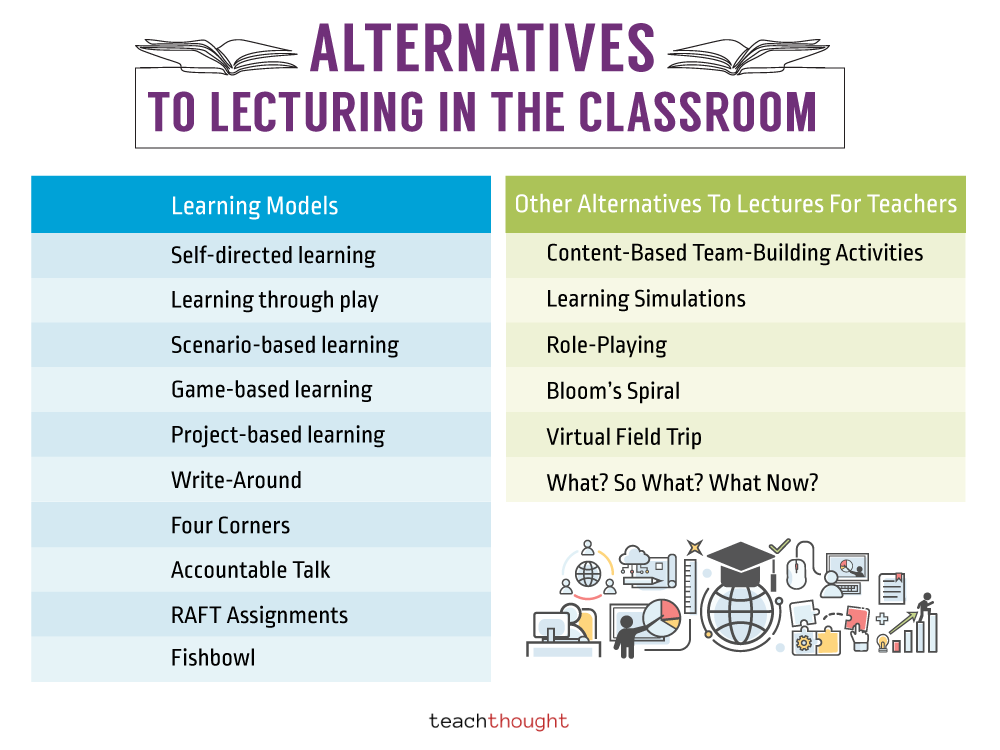
From Accountable Talk to interactive RAFT Assignments, podcasting to debate, there are countless alternatives to lecturing.

Dr. Seuss is gold–whimsical and visually interesting traipses through surreal worlds, and always full of life advice.
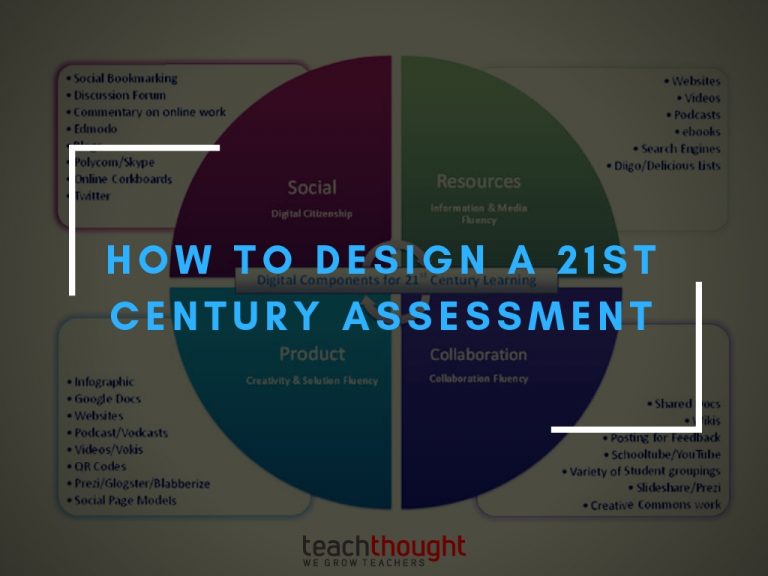
21st century assessment design involves using digital tools, collaborating with others, performance tasks, and more.
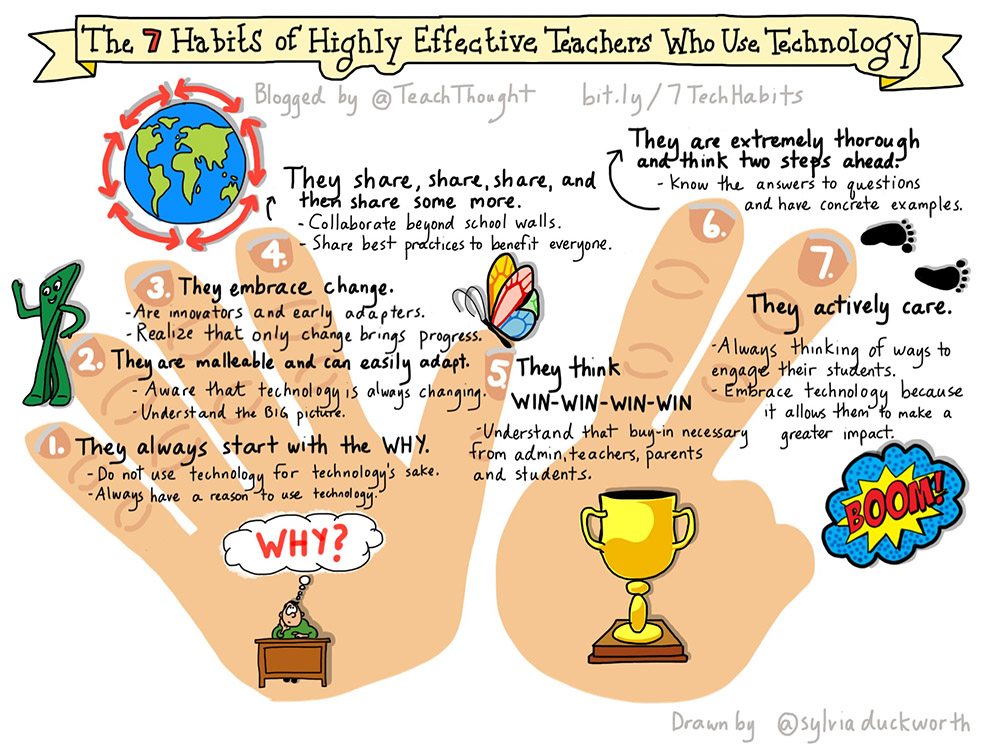
Teachers who effectively use technology in the classroom have one thing in common: They care more about learning than the tools that cause it.